How To Choose Indoor Air Purifiers For Allergies
Often when people think of pollution, visions of giant factory smoke stacks billowing black air upwards come to mind. But indoor air pollution is just as harmful and is more common than outdoor pollution. It is something people generally do not think about often, until it is found that they or someone they love is having an adverse reaction to polluted indoor air.
Particles which tend to linger in the air are those which are most bothersome to most, especially if the inhabitants have either allergies or asthma. These two conditions have become more prevalent over the last several decades and will continue to increase unless the indoor air treatment strategy is changed to improve the quality of the ventilation system of one’s home.
Clean Air Is Important
Many overlook the importance of clean, high-quality indoor air, as well as the methods which they can take in order to improve it. A few of the main surface magnets for air particles include: floors, rugs, cushions, bedding materials, counter tops, as well as decorative items around the home.
This includes a wide range of various air filters and purifiers as well as size variations which can also range from one single room purifiers, portable purifiers, all the way to air purifiers which are attached to the entire home ventilation system.
Types of Indoor Air Purifiers
Portable indoor air purifiers are easy to move around and tend to be cheaper than some of the other types; however, they can be very noisy. If they are not noisy, meaning that they do not contain a fan, they will not work as proficiently or last as long. Portable purifiers are the most convenient type of indoor air purifiers because they may be moved accordingly in order to suit the needs of the environment which you are in.
Single room indoor air purifiers work really well when the user wants the focus to be primarily on one room, such as a specific bedroom and not the entire house. These models always work better in homes where there is not a forced air type of heating and cooling system. Whole house systems are the best for homes that feature an entire home forced air system for heating and cooling.
Factors to Base Decisions On
There are several factors that come into play when deciding on the right indoor air purifier to buy. These include the price range that is within ones budget, the ease of installing the indoor air purifier, the convenience of use and ease of cleaning air purifiers. Other factors include the noise level of an indoor air purifier and how much particles in the air each system is capable of removing from the air.
There are standards for indoor air purifiers based on industry and manufacturers ratings. They are not based on a health-related rating system, and it is important to remember this when choosing indoor air purifiers. Good ratings are 350 or higher. Ratings of below 100 are considered inferior.
Most Popular Air Purifier Brands
The most popular air purifiers for allergy use include Austin, Alen, Airpura, BlueAir, Honeywell, Airgle and Whirlpool. The highest rated air purifiers for asthma sufferers are selected as those made by Alen, AllerAir, Conway Macro, BlueAir, Airpura, Airgle and Austin.
The two most important things to think about when buying an indoor air purifier is taking both consumer and industry opinions into account. Another crucial issue is to make sure there is always a clean air filter in the air purifier. Having clean filters and purifiers in the home can help regulate both allergies as well as general health.


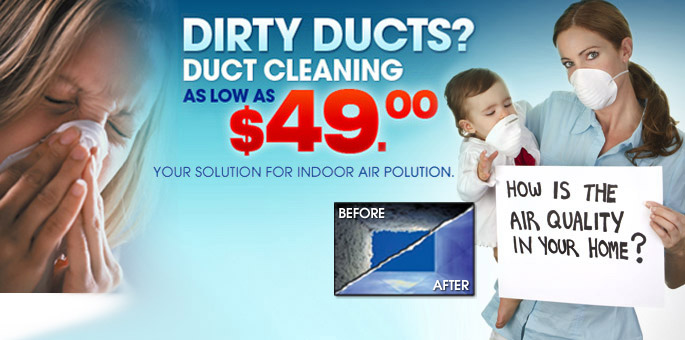
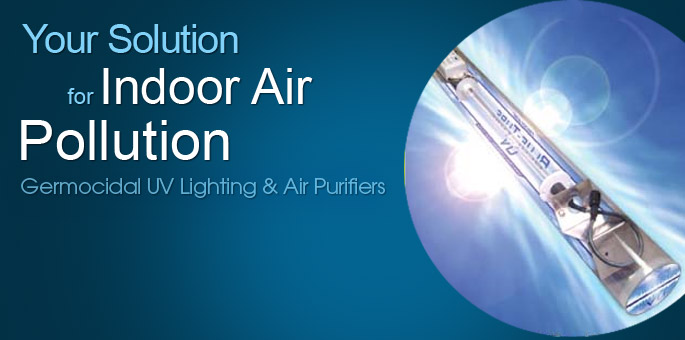
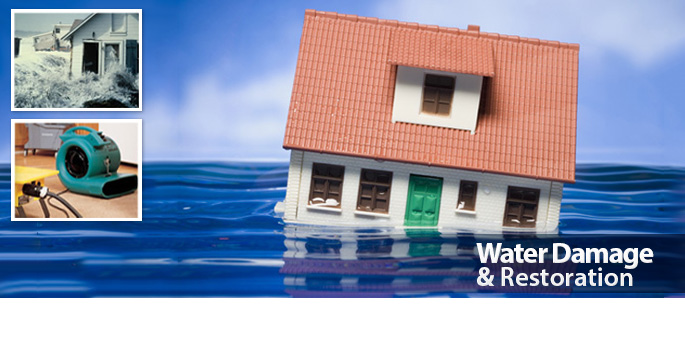
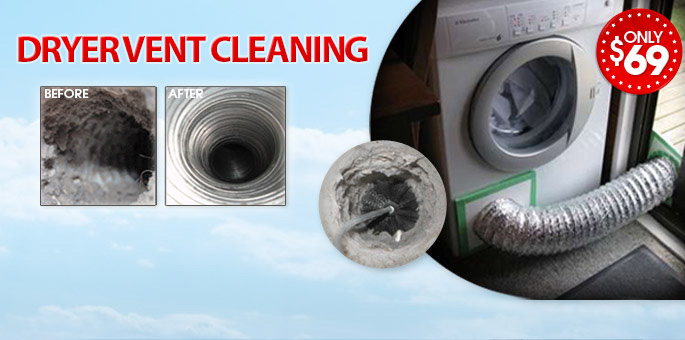
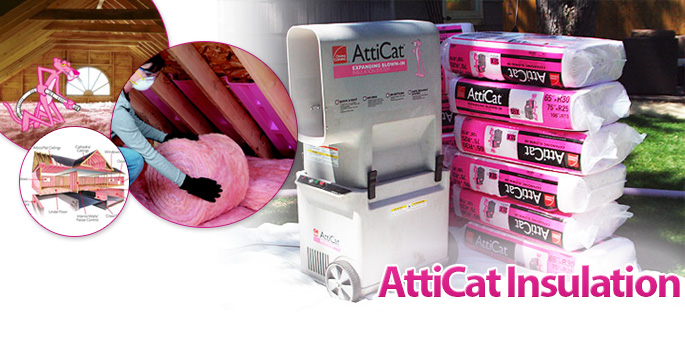






Pingback: Algae Growing on Your A/C? Causes and Tips for Removal | Palm Beach AC Repair & Jupiter Air Conditioning